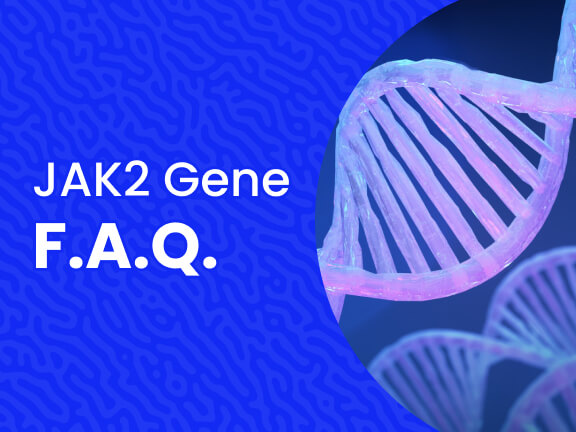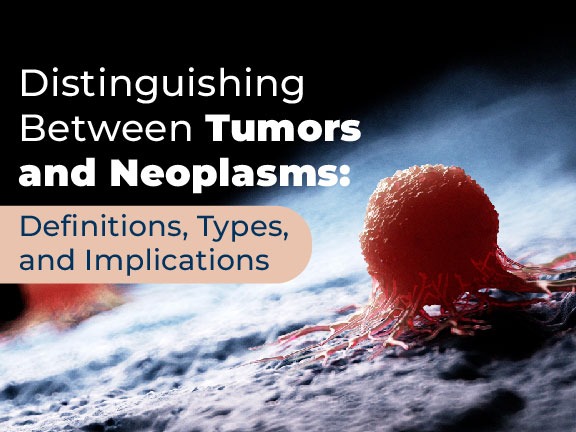Life expectancy in myelofibrosis, a rare type of bone marrow cancer, varies significantly among patients, influenced by several factors. This type of cancer is considered a type of chronic leukemia. It can occur on its own (primary) or due to a disease (secondary).
Life expectancy in myelofibrosis also hinges on the stage of the disease at diagnosis. Early-stage disease may not significantly affect life expectancy, especially if it’s detected incidentally and the patient has no symptoms. However, as the disease advances, complications such as severe anemia, increased risk of bleeding, and susceptibility to infections can arise, impacting both quality of life and survival.
When you have this diseases, the following questions may come to your mind:
- What is the myelofibrosis life expectancy rate?
- Is there a this disease life expectancy with treatment?
- Can I survive this disease?
- Is myelofibrosis a terminal illness?
- Before answering these questions, it is necessary to understand this disease well.
What is Myelofibrosis?

Myelofibrosis (MF) is a rare type of bone marrow cancer that disrupts the body’s average blood cell production. It is also considered chronic leukemia because it affects the blood-forming tissues in the body.
“Myelo” means bone marrow. The bone marrow produces immature blood cells that can develop into specialized blood cells such as red blood cells, white blood cells, or platelets and give them to the blood. As a result, all the blood cells necessary for the body are produced healthily.
This disease is a complex and chronic blood disorder that primarily affects the bone marrow, the body’s blood cell production center. This disease is characterized by the scarring of bone marrow tissue, which disrupts the normal production of blood cells. One of the key features of this disease is extramedullary hematopoiesis, where the body, in response to inadequate blood cell production in the marrow, begins to produce blood cells outside of the marrow, such as in the spleen and liver. This abnormal process can lead to an enlarged spleen and liver, causing discomfort and other health issues. Another significant aspect of disease is the alteration in platelet counts, which can either be abnormally high or dangerously low. This irregularity in platelet counts can lead to complications like excessive bleeding or thrombosis, further complicating the management of the disease.
This disease occurs when the average production of these blood cells is disrupted. The scar tissue accumulates in the bone marrow, blood cells cannot develop properly, and normal bone marrow tissue is gradually replaced by an abnormal tissue called fibrosis. A change (mutation) in the DNA of a single cell will be transferred to new cells when the mutated cell divides.
People generally have no symptoms when they are first diagnosed. The most common this disease symptom is pain and swelling in the spleen, followed by symptoms of anemia. It can include unexplained tiredness, weakness, fever, increased sweating, especially at night, shortness of breath, and palpitations.
Some specific gene mutations have been identified in people with this disease. The most common is the Janus kinase 2 (JAK2) gene. People who are thought to have MF are screened for this gene. The mutation in the JAK2 gene and its relationship with myelofibrosis are essential in determining the course of the disease and the type of treatment.
This disease can affect anyone, but some factors are known to increase the illness risk:
- Age (It is most often diagnosed in people older than 50).
- Another blood cell disorder.
- Exposure to certain chemicals.
- Radiation. (People exposed to very high radiation levels have an increased risk of this disease.)
Stages of Myelofibrosis
This chronic bone marrow condition typically develops slowly, and its primary form does not have clearly defined stages. Physicians may categorize the illness into low-, intermediate-, or high-risk groups. Many individuals do not experience signs or symptoms in the very early stages. To determine the stages of this condition, it is vital to know its form.
Although the exact cause of mutations in the bone marrow is unknown, this disorder manifests in two ways. Firstly, individuals with no history of bone marrow problems can develop this condition. It is known as primary of the disease or chronic idiopathic bone marrow scarring and agnogenic myeloid transformation. Secondly, this bone marrow disorder can develop from another hematological disorder, in which case it is termed secondary of the condition.
In assessing the progression of this disease, particularly in distinguishing between primary and secondary forms, doctors pay close attention to key blood parameters such as platelet counts and the numbers of red blood cells. These factors are crucial in monitoring the disease’s severity and in tailoring individual treatment plans.
In cases of secondary myelofibrosis, which often evolves from pre-existing conditions like polycythemia vera or essential thrombocythemia, the disease may manifest more advanced symptoms resembling those of the polycythemia vera end stage. These symptoms can include severe anemia, fatigue, and an enlarged spleen. As for the terminal phase of this disease, what is death from myelofibrosis like often depends on various complications. Patients might experience critical events such as acute leukemia transformation, severe infections, or organ failure, all of which can be directly or indirectly related to the progressive failure of bone marrow function. The management of this disease thus requires a comprehensive approach, focusing not only on slowing the disease’s progression but also on maintaining the patient’s quality of life and managing complications.
Prognosis for Myelofibrosis
There is no staging system in this disease. However, doctors and researchers use factors defined in the international prognosis scoring system (IPSS), which can help them estimate patients’ average years of survival.
The natural course of the disease can vary significantly depending on the occurrence of the disease. The disease remains stable for long periods in some patients, and they lead lives with easy treatment. The disease progresses very rapidly in some patients, and this disease treatment methods are applied to help alleviate this disease symptoms. Conversion to acute myeloid leukemia occurs in 10 to 20 percent of cases.
Within the framework of the IPSS for disease, several key factors are considered for assessing patient prognosis. These include age, blood count abnormalities, and genetic mutations. The presence of specific genetic mutations, particularly in genes related to cell growth and division, can indicate a more aggressive course of the disease.
Treatment options for myelofibrosis are tailored to the individual’s disease characteristics and symptoms. For some, medication that targets specific pathways in the disease process can be effective. In more advanced cases, stem cell transplantation may offer a potential cure, though it comes with significant risks and is suitable for only a select group of patients. Furthermore, symptom management, including addressing issues like anemia and spleen enlargement, remains a cornerstone of care. The risk of transformation to acute myeloid leukemia (AML), though relatively low, is a serious concern and requires close monitoring. This potential progression underscores the need for regular follow-up and adaptation of treatment strategies over time to address the evolving nature of the disease.
Is Myelofibrosis a Terminal Illness?
Various methods are available for treating myelofibrosis, depending on the patient’s symptoms and individual circumstances. In order to say whether the disease is terminal or not, it is necessary to consider conditions such as genetic risk factors, age, sex, blood count and determine the stages of the disease. Some people may not exhibit symptoms for years.
In addition, clinical studies for patients in risk groups continue, and different treatment methods are being tried. In the treatment of myelofibrosis, techniques such as antibiotic therapy, biotherapy, radiotherapy, chemotherapy, stem cell transplantation can be applied, and successful results have been measured with these methods.
The range of treatment options for myelofibrosis is broad and often customized to the patient’s unique health profile. While it’s challenging to classify myelofibrosis strictly as terminal due to varying patient experiences, it’s undoubtedly a serious condition that requires ongoing management. As a complex blood disorder, its impact on the body is significant and multifaceted.
One of the critical aspects of treating this disease involves managing extramedullary hematopoiesis, which is the body’s response to ineffective blood cell production in the marrow. This can lead to an enlargement of organs like the spleen and liver, as they start producing blood cells. Monitoring platelet counts and numbers of red blood cells is essential in evaluating the disease’s progression and the effectiveness of treatments. These counts can provide insights into the severity of the disease and help guide decisions on interventions ranging from less invasive treatments like medications to more aggressive approaches like stem cell transplantation.
The Survival Rate of Myelofibrosis
The median survival of patients with primary myelofibrosis is approximately 6 years. It has been observed that the natural course of the disease has changed with studies such as allogeneic hematopoietic stem cell transplantation (allo-HSCT). Of the 1,282 patients identified in the Mayo Clinic database between 1976 and 2017, 26 percent lived 20+ years, but 49 percent died within the first 5 years following diagnosis.
According to a study published in Haematologica, in total, 2459 patients were identified through the Human Mortality Database who had received a first HSCT (Hematopoietic Stem Cell Transplant) between January 1995 and December 2014 for primary or secondary MF. Of this, 1055 patients had been reported alive and disease-free two years after HSCT.













3 Comments
Very informative. Thx.
Where are experts in Myelofibrosis that could give me a second opinion?
Thanks for your message. We would be happy to help. You can learn more about available cancer treatment options and clinical trials here: https://hubs.ly/Q01yygDr0.
You can also contact one of our Patient Relations Coordinators via phone or email at 844-627-7246 & support@massivebio.com